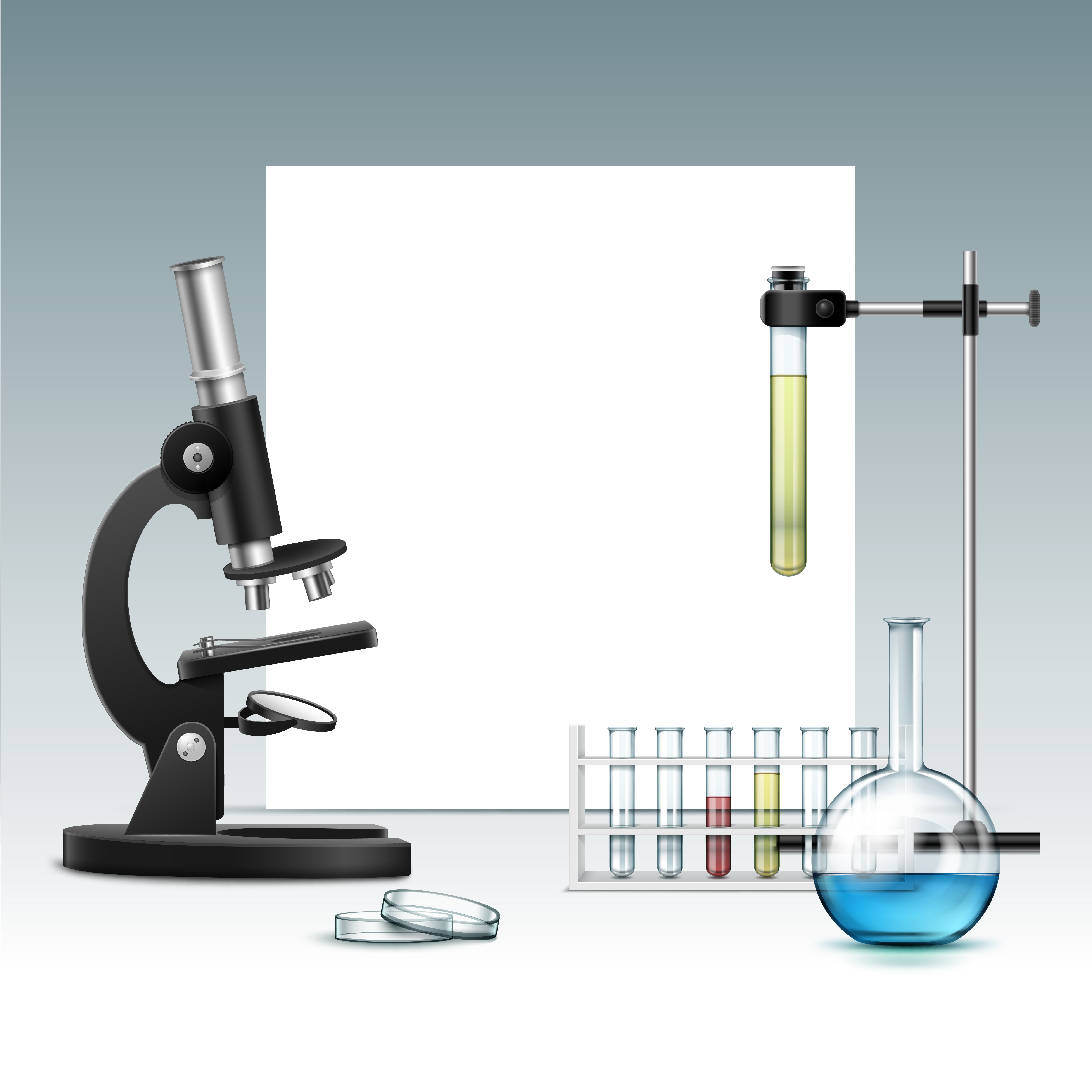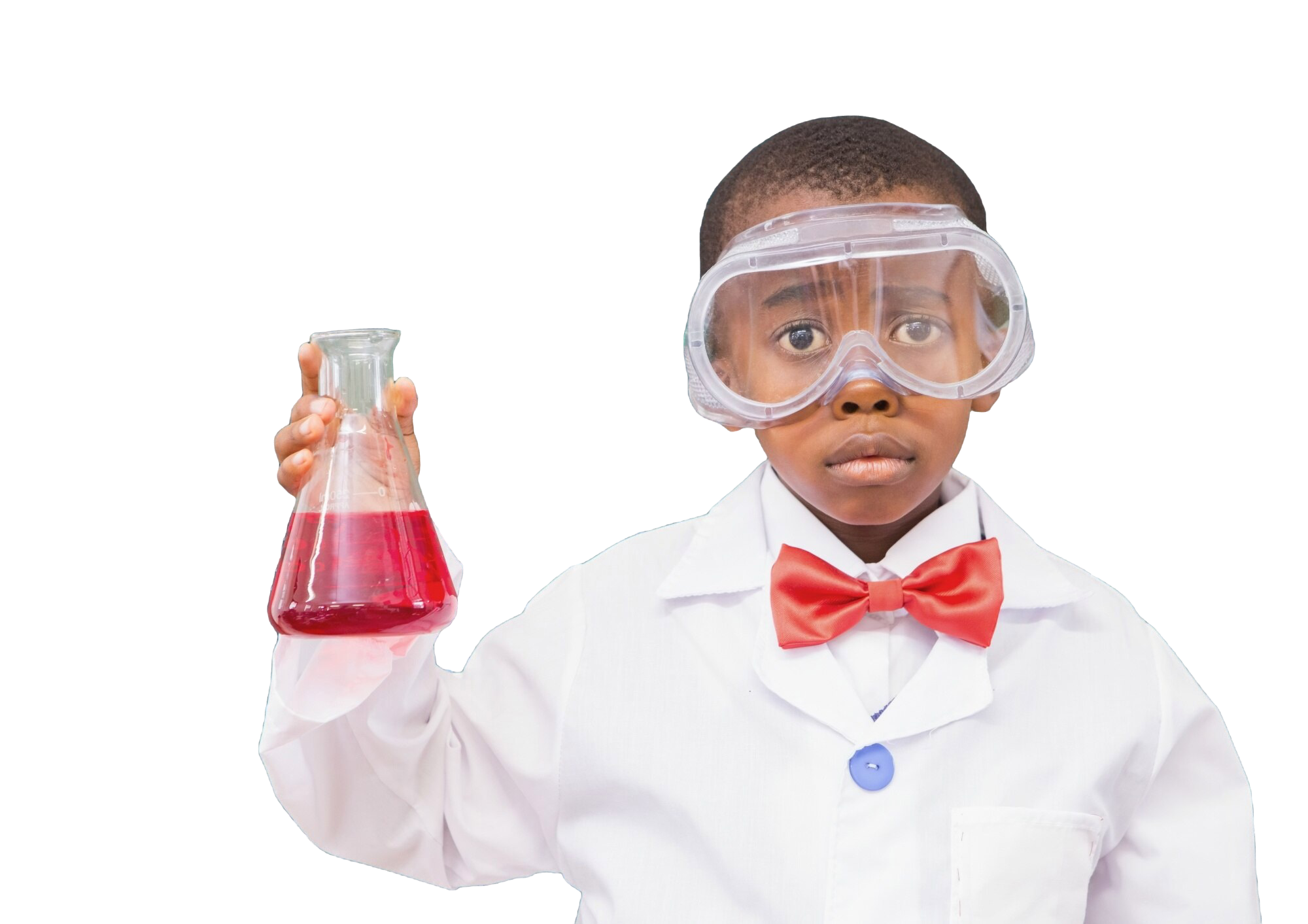About this lesson
Integrated Science, as a learning area, is expected to inculcate a scientific culture and enhance scientific literacy among
learners to enable them to make informed choices in their personal lives and approach their life challenges in a systematic and
logical manner. This learning area intends to enable learners to practically explore and discover knowledge within their
environment and in the laboratory to allow them understand themselves and relate with their environment through application of scientific principles and ideas. It will equip learners with the relevant basic integrated scientific knowledge, skills, values and
attitudes needed for their own survival and/or career development. Concepts in Integrated Science are presented as units within
which there are specific strands that build on the competencies acquired in Science and Technology at Upper Primary School
level. This provides the learner with the basic requisite knowledge, skills, values and attitudes necessary for specialization in
pure sciences (Physics, Chemistry, and Biology), Applied Sciences, Careers and Technology Studies (CTS) and Technical and
Engineering offered in the STEM pathway at Senior School. Integrated Science is taught through inquiry-based learning
approaches with an emphasis on the 5Es: engagement, exploration, explanation, elaboration and evaluation.
Comments (0)
This topic, Mixtures, Elements, and Compounds, is designed for Grade 8 students to deepen their understanding of the building blocks of matter. It introduces learners to the fundamental concepts of elements, compounds, atoms, and molecules, and how they interact in various chemical reactions. Through practical applications, students will explore the real-world uses of elements and compounds, as well as the significance of packaging labels on everyday substances. By the end of this topic, students will have a solid foundation for further studies in chemistry and the role of these substances in our society.
Students will learn how to describe chemical reactions using word equations.
Write a short essay on one of the following topics:
1. Explain how atoms combine to form compounds, and give two examples of everyday compounds.
2. Pick three elements and describe how they are used in everyday life, with specific examples of products or applications.








